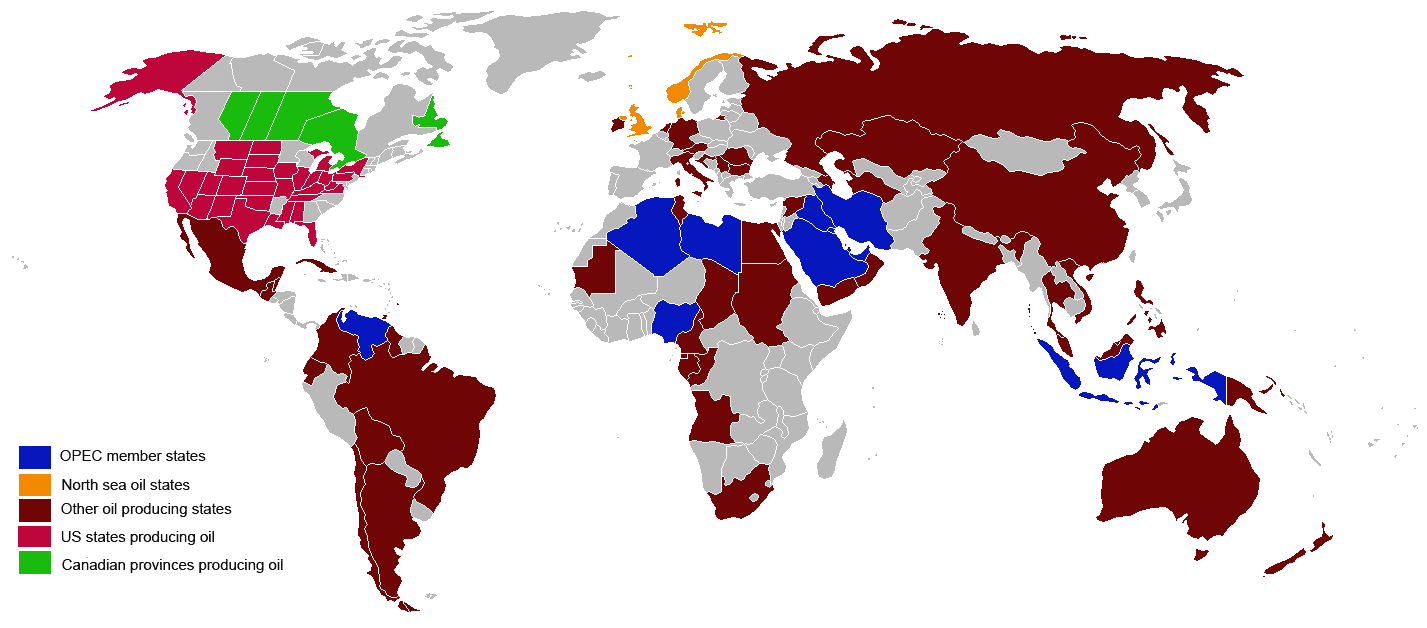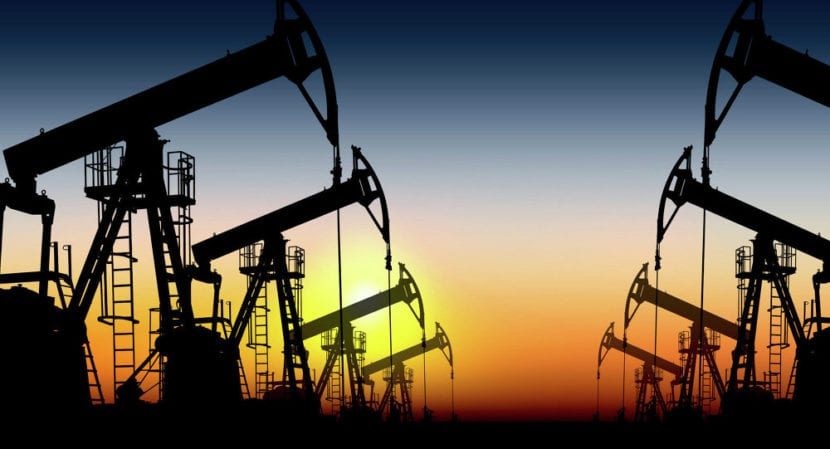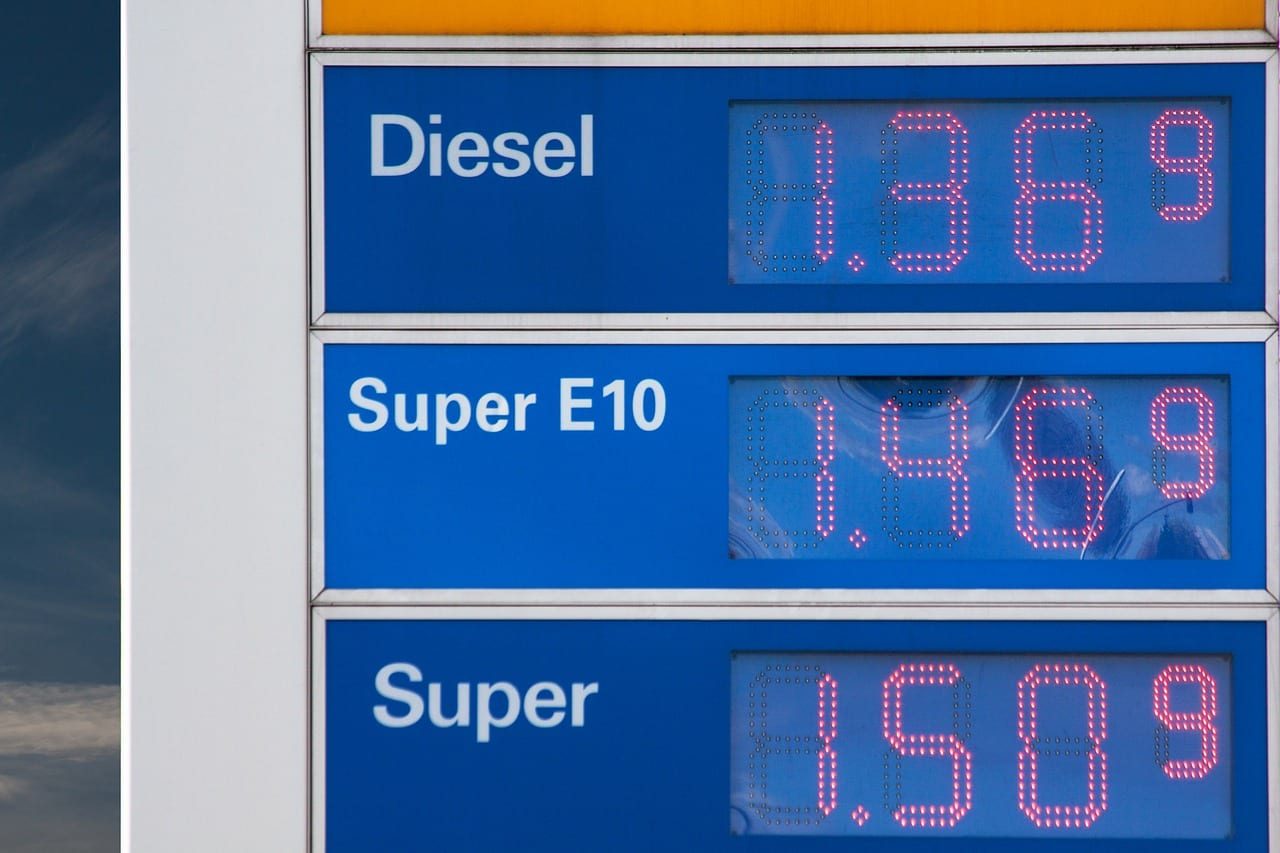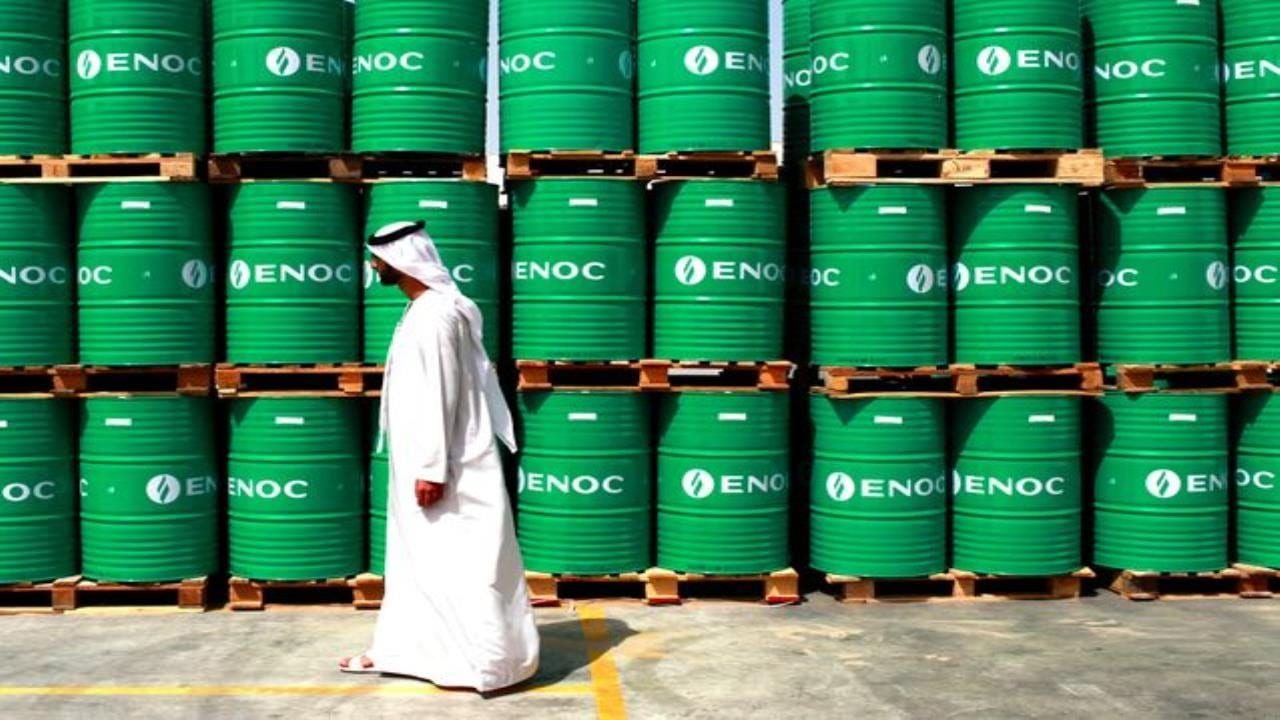Oil is the world's black gold. Oil moves the world: with it gasoline, plastic and many derivatives are manufactured. Even though there are many oil producing countriesSpain is not an oil-producing country, or at least not in significant quantities, and it must dedicate a large part of the budgets of each year to the purchase of it, suffering from the volatility of its prices.
As an example, these last two years oil prices have hit record lows causing great savings for importing countries like Spain ... but if they had increased, prices would go up in a chain, starting with gasoline and causing an impact on the life of the country.
How the price of oil is set
The price of oil is fixed per barrel., instead of liters or gallons, and since oil is a stable good, its price is defined based on supply and demand.
It all started in 1960, when at the proposal of Venezuela, five countries, one of the largest in the world, met in Baghdad and founded the Organization of Petroleum Exporting Countries. At this time it has thirteen countries, which represent 45% of world production.
This organization controls, based on its production, the level of oil in the world to set the price and not let its volatility drive the world crazy, as happened in the 1970s with the oil crisis in the United States.
On the other hand, countries outside the organization, such as Russia, control their production and prices unilaterally, usually using their client countries as an economic weapon, doing the same with gas. We'll see now which are the most important oil producing countriess.
The main oil producing countries
The main oil producing countries of the world They are not exactly the members of the previous organization, but practically they are.
The list of the main oil-producing countries is not always the same, in fact, recently Venezuela, one of the countries within the 'top ten' fell to thirteenth, being the subject of debate whether it is a cause or a symptom of the Venezuelan crisis.
According to information from the CIA, we present the main oil producing countries of the world.
Kuwait
It is the tenth largest oil producing country in the world.. Its production is around 2.7 million barrels of oil and represents around 3% of total world production. It suffered a war due to Saddam Hussein's "investigation" of the country in 1990, the famous Persian Gulf War.
It is estimated that its reserves have a duration of 100 years, being a solid income base for the country.
Mexico
Mexico it is the eleventh exporting country in the world, and produces around 2.85 million barrels, with great prospects thanks to the reforms that the country is going through and the discoveries of oil wells with large reserves in the future.
The income from its oil exports represents 10% of the country's total income.
Iran
Iran generates 3.4 million barrels, and thanks to its reserves and untapped wells, it is considered a country of the so-called 'superpowers'.
Those 3.4 million barrels represent 5.1% of the total oil that moves daily in the world. The money caused by these exports represents 60% of Iran's total revenue.
And that without counting on its reserves that guarantee a large amount of income, not only with oil, but with electricity and gas. Iran will give much to talk about.
United Arab Emirates
The United Arab Emirates is a federation located in Arabia made up of Abu Dhabi, Ajman, Dubai, Fujairah, Ras al-Khaima, Sarja and Umm al-Qaywayn.
Together they produce around 3.5 million barrels, mainly produced by Abu Dhabi, Dubai and Sarja, the main centers of extraction of the liquid in the United Arab Emirates.
They have a reserve of approximately 100 billion barrels. They have so much money thanks to him that they make it possible to rescue each other.
Dubai, despite everything, is preparing to emancipate itself from oil and bases its economy less and less on liquidity and more on tourism and business.
Iraq
Iraq is being punished very seriously for its geopolitical problems, for internal confrontations, Al-Qaeda, the recent Daesh attack and a country punished with a military intervention that lasted more than ten years.
Despite this, Iraq It is the country with the fifth largest oil reserves in the world., the majority in intact fields, and despite this it produces around 4 million barrels of oil, which contribute 94% of the country's energy and 66% of the country's total revenues.
A great future is expected for the country when it solves its problems.
Canada
Another North American country on the list of the major oil producing countries.
Canada has only 0.5% of the world population, but produces more than 5% of the oil that moves in the world.
It produces around 4.5 million barrels and its reserves reach 180,000 million barrels, making it the third largest oil reserve on the planet.
Canada's 'problem' is that most of its reserves are in tar pits, which complicates its extraction. Once technology makes extraction technology cheaper, Canadian crude production will grow.
porcelain
Chinese crude oil production has been increasing steadily over the last fifty years, having an unexpected and great growth in the last fifteen years, thanks to the economic opening implemented by the government.
It manufactures around 4.6 million barrels of crude., but since its consumption is brutal, even so, it continues to be a crude importing country, mainly from Russia and other Asian and Arab countries.
Its reserves are modest, more or less, 20 billion barrels, but it is expected that thanks to fracking (hydraulic fracturing) its production and reserves will grow considerably.
Russia
Russia is a giant in everything and with oil we were not going to find its Achilles heel.
His 11 million barrels of oil represent 13-14% of the total of the crude that moves in the world.
Its reserves are the third largest in the country, not counting all the crude hidden under the ice of Siberia and northern Russia, in the Arctic, also under thick and solid ice.
Let us remember that Russia represents, in territory, one sixth of the total territory of the planet, which makes us see that it does not fully exploit all its deposits.
Saudi Arabia
Until recently it was the world's largest crude producer, with almost 12 million barrels of oil. Their raw reserves, by themselves, represent 5% of existing crude today in the world, and a large part still unexploited.
Because its production has decreased in favor of other types of energy and fuels, it lost the first place.
USA
Thanks to fracking and increased exploitation of its oil fields, the third country in North America tops the world ranking with almost 14 billion crude. Due to the large investment in technology, they have been able to implement modern crude extraction methods, such as in oil sands and shale.
Despite being the largest oil producer in the world, they have the problem of China: they import a large amount of crude to Mexico and Canada, two other large oil countries, since their demand continues to exceed their production capacity.
Related post:
Investing in oil: the most active market in 2016
The countries with the largest oil reserves in the world
Not necessarily being an oil-producing country makes you better, perhaps we can see the world's oil-producing countries with a greater perspective: see which ones have, at the same time, a large production, a reserve that guarantees them that position and stability in the world. future. .
Countries with the largest oil reserves in the world
(numbers are in the hundreds of millions)
- Venezuela - 297.6
- Saudi Arabia - 267.9
- Canada - 173.1
- Iran - 154.6
- Iraq - 141.4
- Kuwait - 104
- United Arab Emirates - 97.8
- Russia - 80
- Libya - 48
- Nigeria - 37.2
- Kazakhstan - 30
- Qatar - 25,380
- United States of America - 20,680
- China - 17,300
- Brazil - 13,150
- Algeria - 12,200
- Angola - 10 470
- Mexico - 10,260
- Ecuador - 8,240
- Azerbaijan - 7
The main oil exporters
It is necessary to know what the countries that have decided to export a lot, and base, practically, the national economy on oil. We see cases such as Iran, Mexico or Venezuela in which a decline, like the one we have experienced these months, greatly affects their budgets.
With this last list you will have the option to better see the health of the countries and which is the one that best controls their oil.
- In Africa: Algeria, Angola, Libya and Nigeria.
- In the Middle East we have Saudi Arabia, the United Arab Emirates, Iraq and Kuwait.
- In South America we have Ecuador and Venezuela.
And to finish with the big producers and exporters, who are not members of OPEC, we have Canada, Sudan, Mexico, the United Kingdom, Norway, Russia and Oman.
Does the listing of oil producing countries Great time? It's likely, but most of the ones we've seen have been topping the production chart for years, so the change won't happen anytime soon.
Main oil consuming countries
On the opposite side of the coin, we have the countries that consume the most barrels per day. In some cases, such as the United States, despite being among the largest oil producers, it still needs to import more oil than it produces. This is because its demand is still greater than the production it can provide. To take a closer look and get a global idea of this phenomenon, we can see in the next list the daily consumption of each country, as well as the average consumption of oil per unit of inhabitants.
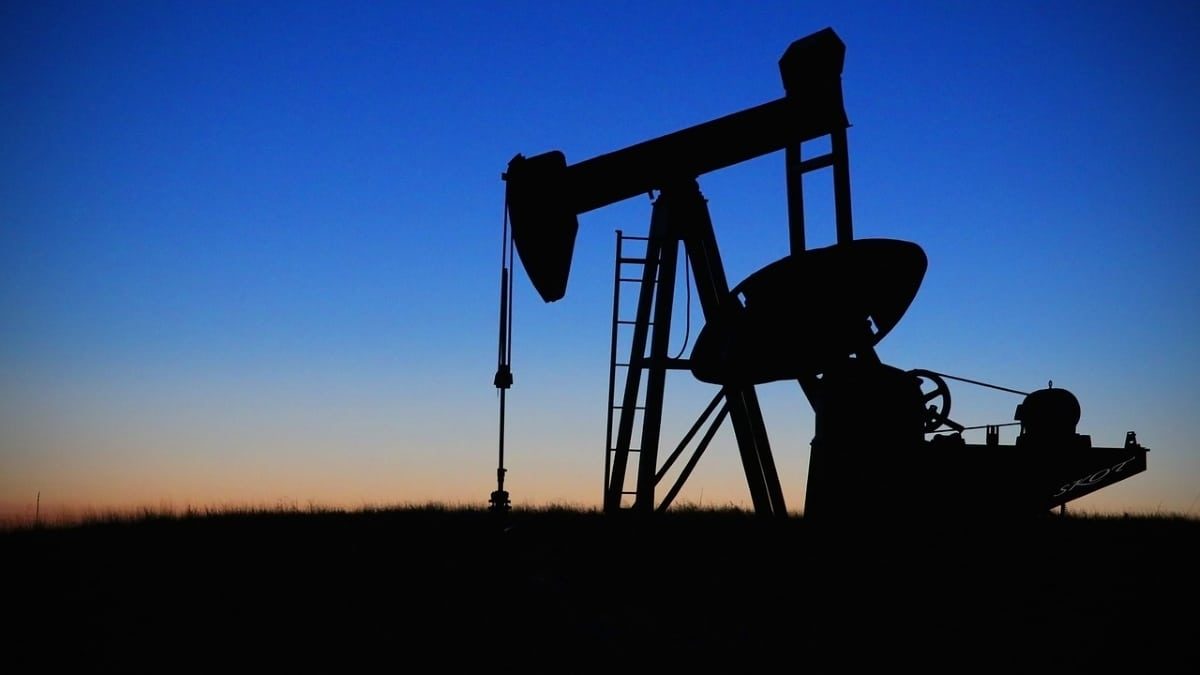
With the data obtained in 2019, in 2018, these were barrels (in hundreds) consumed per day for each country:
- United States: 20,456
- China: 13,525
- India: 5,156
- Japan: 3,854
- Saudi Arabia: 3,724
- Russia: 3,228
- Brazil: 3,081
- South Korea: 2,793
- Canada: 2,447
- Germany: 2,321
- Iran: 1,879
- Mexico: 1,812
- Indonesia: 1,785
- UK: 1,618
- France: 1,607
- Thailand: 1,478
- Singapore: 1,449
- Spain: 1,335
- Italy: 1,253
- Australia: 1,094
What factors influence these differences?
On one side is the amount of population and on the other the level of wealth of each country. Here we could define it with per capita income. This explains why the United States, without being the most populous country, consumed so much oil (about 22 barrels per day per inhabitant). In fact, its population consumed on average slightly more than twice what a person would consume in Spain (about 10 barrels per day per inhabitant). And this is why countries with a much larger population but with a much lower per capita income like China consume less oil than the United States.
As an example, China and India have very similar populations, India is slightly less populated. Despite everything, China's wealth level is higher, so oil consumption was also higher.
Each barrel of oil costs on average at the current rate about $ 55, an average that can be carried over to 2018. A consumption of 1,335,000 barrels, which is what Spain consumed per day, had a cost of $ 73,500,000 per day.

